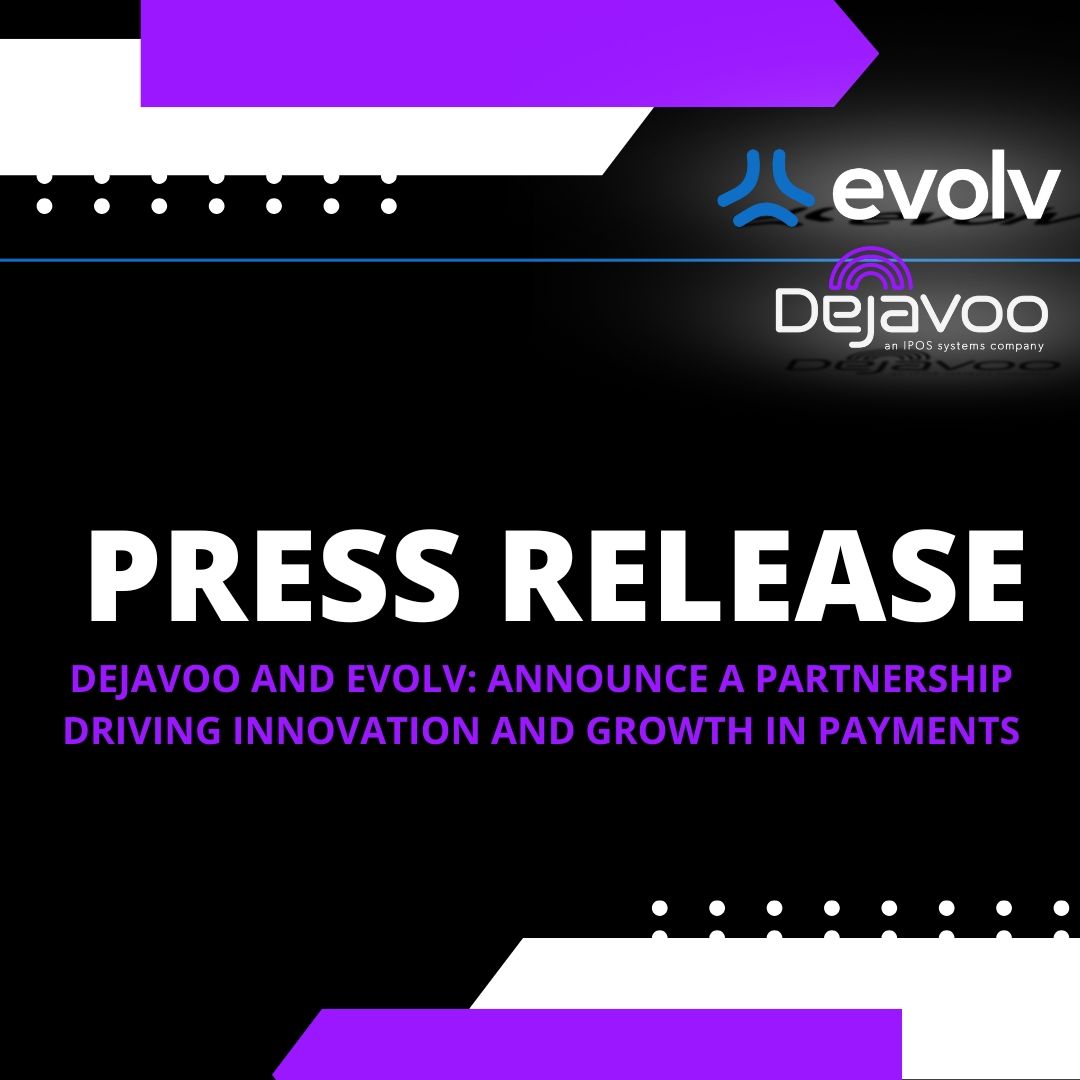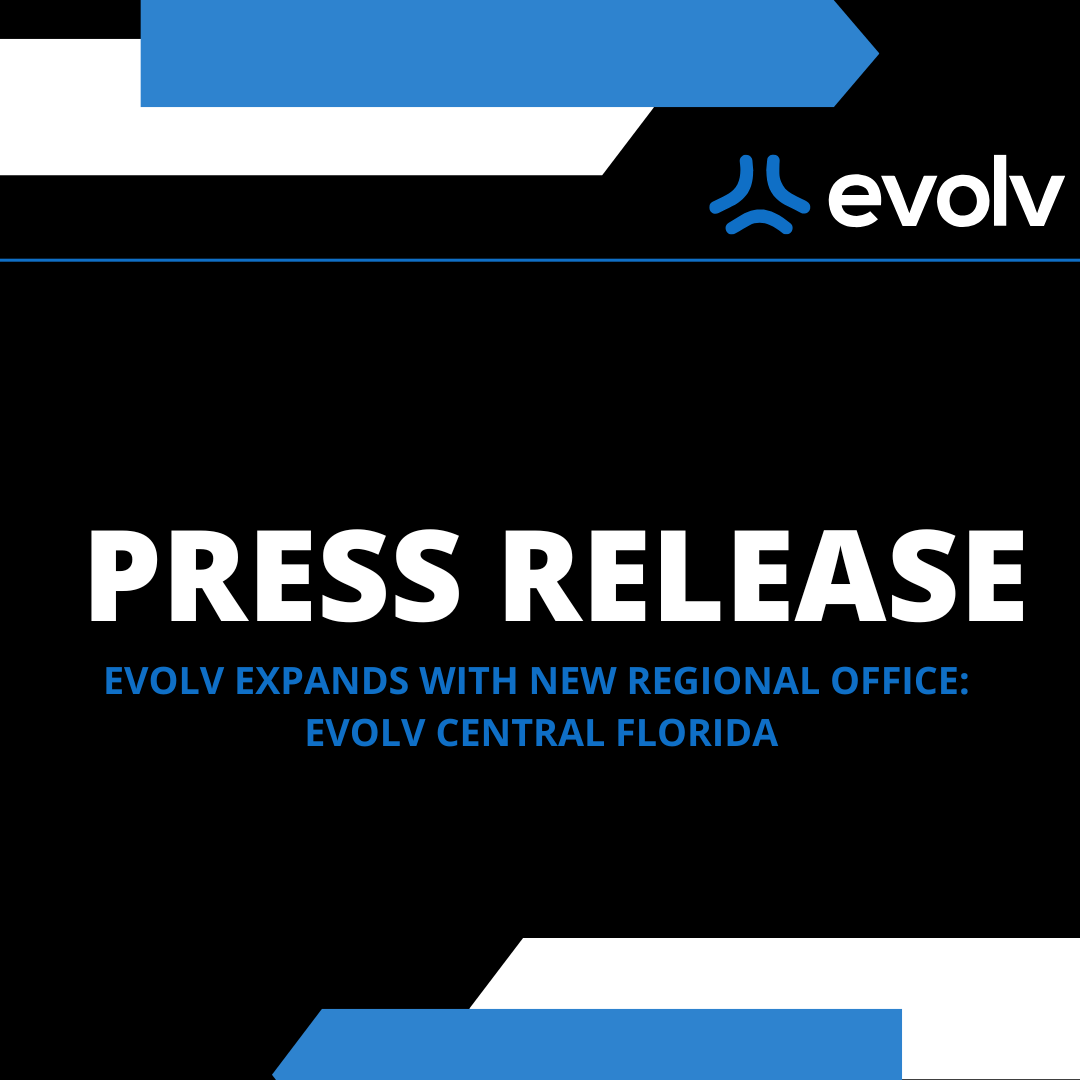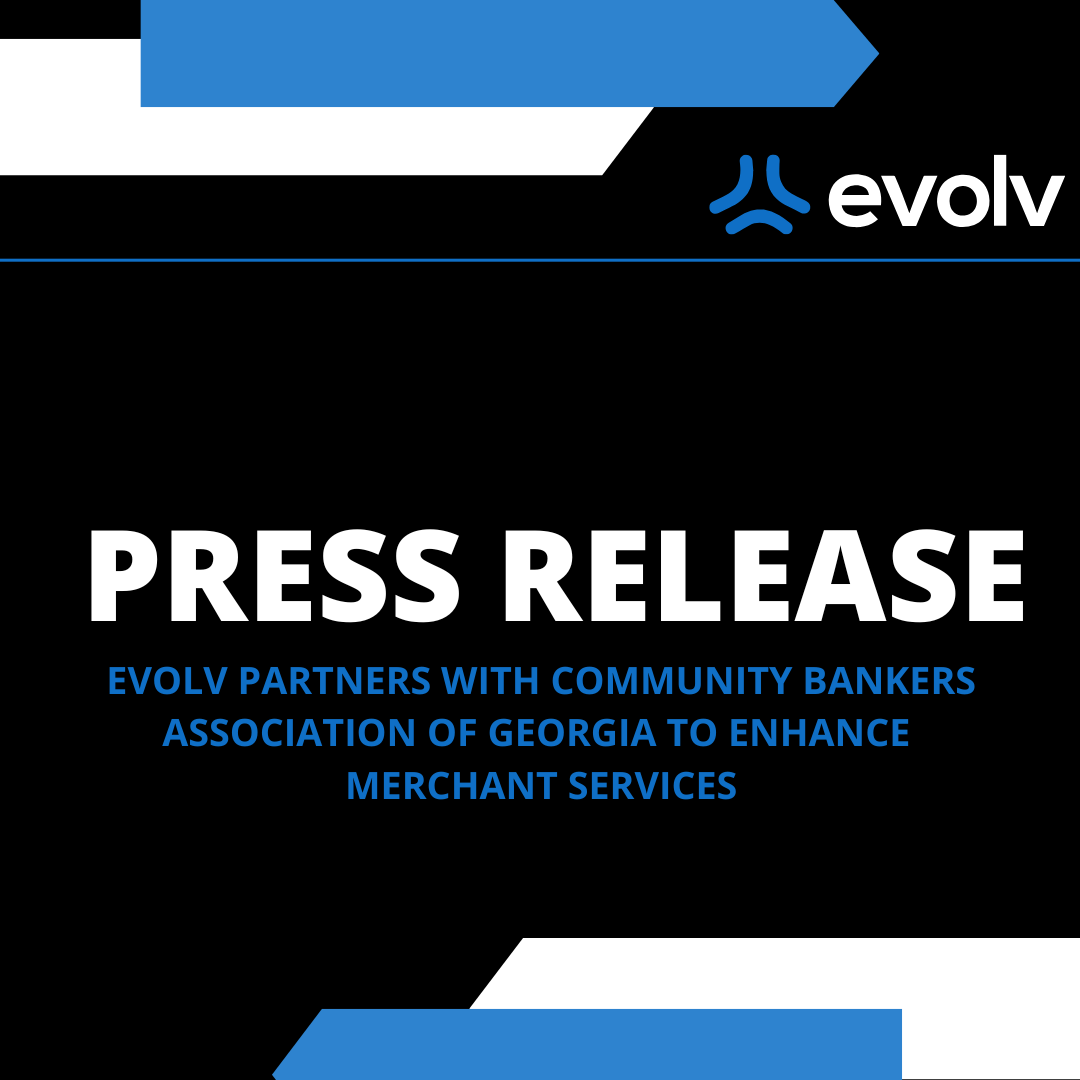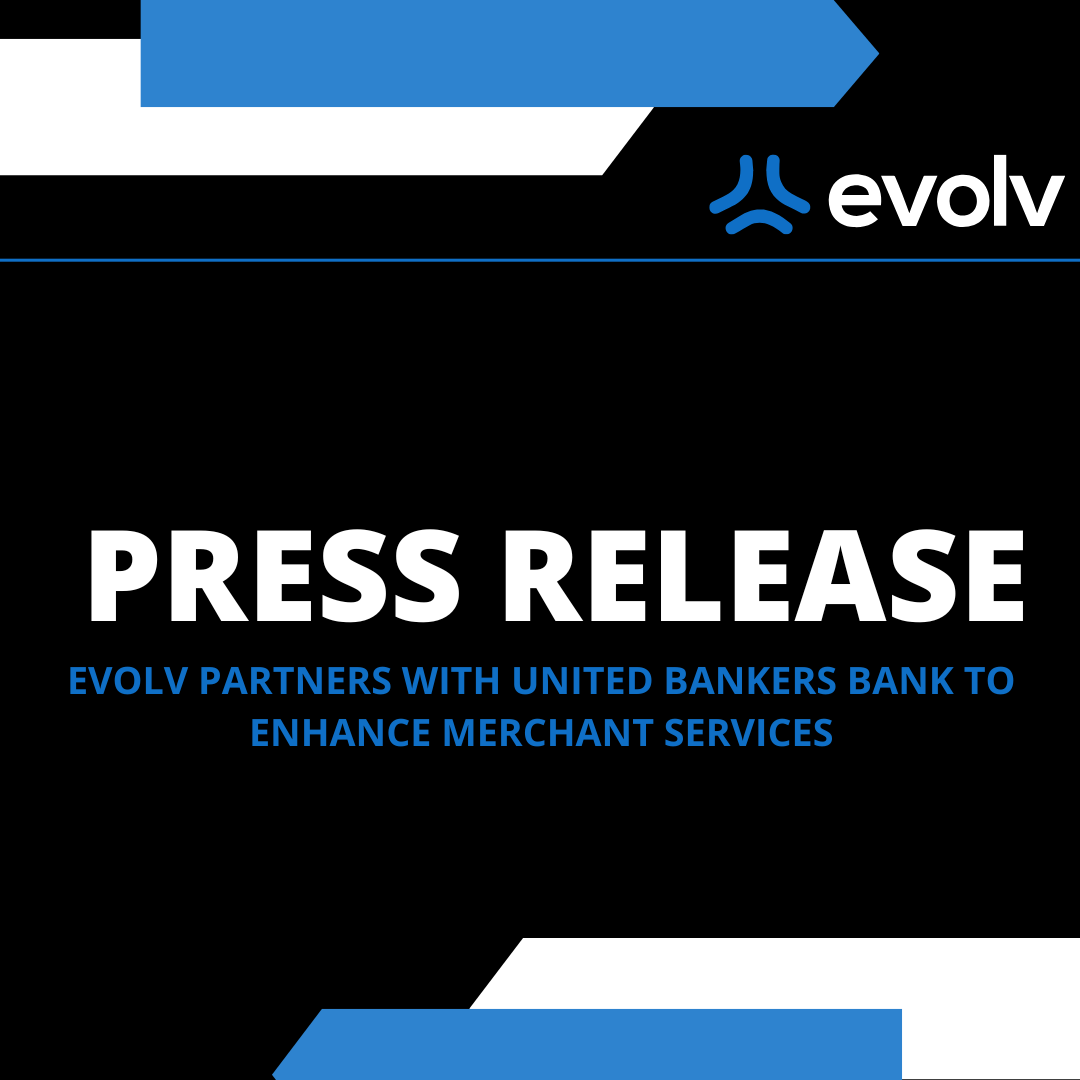How to Sell Websites Effectively: Translating Features into Business Benefits & Boost Processing Volume!
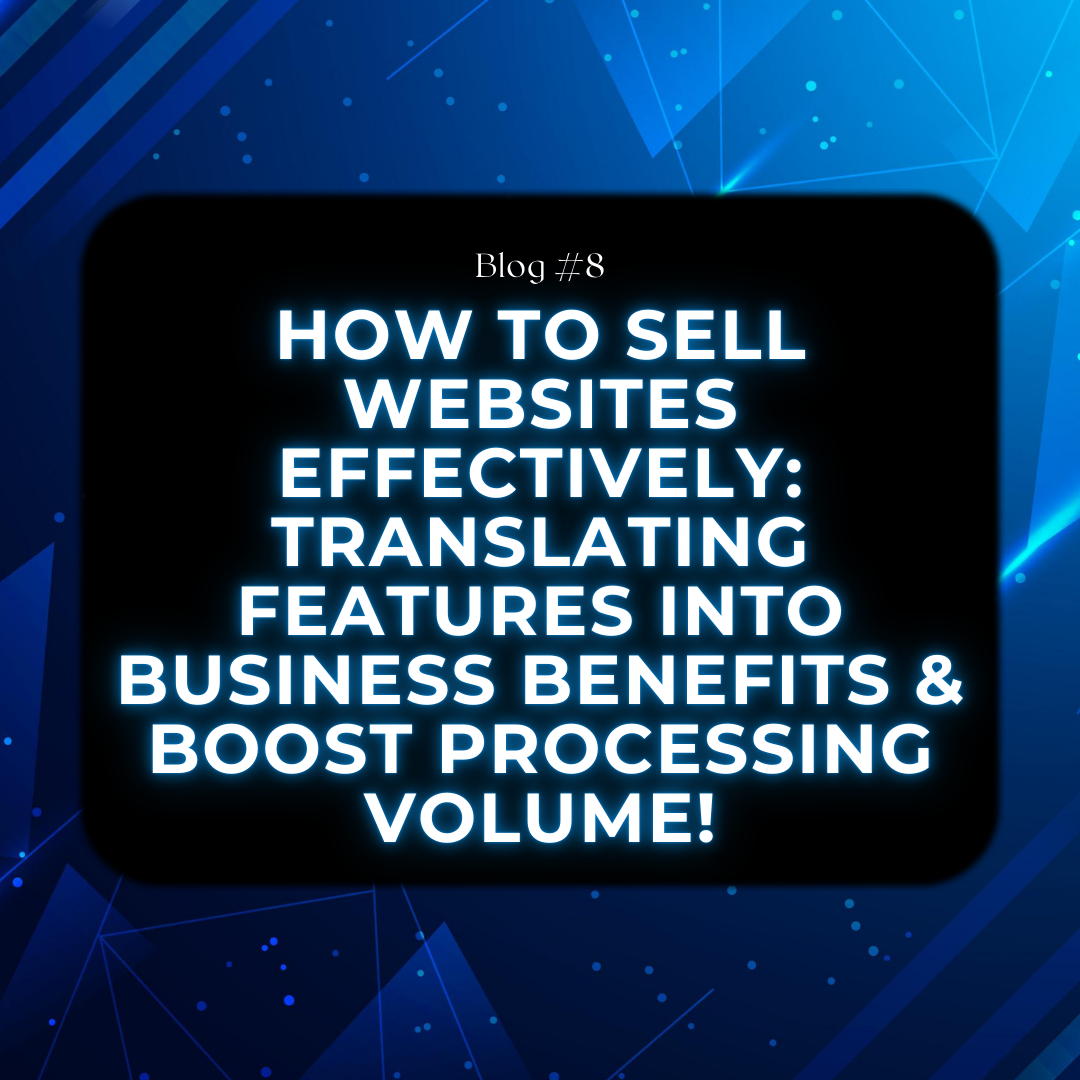
Spoiler: Features Don’t Sell—Benefits Do
Business owners don’t get excited about 'responsive layouts' or 'custom widgets.' They get excited about ringing phones, filled appointment books, and cash in the bank. If you want to sell websites effectively, every word out of your mouth needs to connect to a clear benefit—and ideally, a financial outcome.
The Feature Trap: Why Most Pitches Fall Flat
Reps love talking tech. They get excited about frameworks, APIs, and shiny new integrations. But merchants? They glaze over. The second you say 'JavaScript animations,' they’re thinking about payroll and wondering if they’ll make rent this month. You’ve got to speak their language: leads, customers, sales, payments.
Turn Features Into Revenue Drivers
Here’s how to reframe your pitch:
- 'Mobile Optimization' becomes 'You’ll get more orders from mobile shoppers, especially on weekends and evenings.'
- 'SSL Certificate' turns into 'Customers won’t hesitate to enter credit card info.'
- 'Live Chat' becomes 'You’ll capture leads who would’ve bounced without asking their one last question.'
- 'Speed optimization' = 'More people stick around long enough to hit that buy or book button.'
What Business Owners Actually Want
Let’s make it plain. They want:
- More phone calls
- More online orders
- More booked appointments
- More invoice payments submitted
- Better ROI from paid ads
- Fewer abandoned carts
That’s the pitch. That’s the focus. That’s what separates you from every other rep pushing templates and DIY builders.
Your Website Is a Payments Tool—Not a Pretty Poster
Here’s the big one: if your site doesn’t help customers pay, it’s broken. Whether you’re selling dual pricing, invoice links, ACH, or ecommerce—none of it works without a clean, high-converting website. The tech stack means nothing if the front end confuses people or loads like it's on dial-up.
The Website Is the Foundation of the Funnel
Every marketing channel—Google, Facebook, TikTok, listings, email—leads to one place: the website. If that destination sucks, you just wasted a bunch of money driving traffic to a dead end. If it converts? Now you're maximizing ROI on every dollar spent. Good websites multiply. Bad websites bleed cash.
The Payments Tie-In You Can’t Skip
Let’s take it further. You’re offering a VIV site and dual pricing. Great. But if the page where the customer selects pricing is clunky or confusing? They bounce. That’s a missed swipe, a lost invoice, a failed ACH, and a drop in your residual. The design, the layout, the copy—they all impact volume. And volume is the game.
Use ROI-Based Framing in Your Pitch
Let’s say their average ticket is $200, and they get 100 site visits per week. A 2% conversion rate gets them 2 sales. But if a new site pushes them to 5%? That’s 5 sales—or $1,000 a week. $4,000/month. $48,000/year. Ask: 'Would you spend $2,500 on a site that helps generate $48,000 in sales this year?' That’s not a tech conversation—it’s a business conversation.
Handle the 'We Already Have a Site' Objection Like This
'Awesome. When’s the last time that site brought in a new customer?'
This shifts the focus from existence to performance. Offer a quick audit—point out slow load times, clunky nav, or an outdated mobile experience. If you can find friction, you can find the close.
Use Case Studies to Land the Plane
Real stories sell better than PowerPoints. Example: 'We revamped a local dentist’s site and added online booking—appointments jumped 40% in 30 days.' Or: 'An HVAC client simplified their checkout process and saw a 33% lift in paid deposits.' These are proof points. Use them.
Stacking Payments Tools on a Solid Site
Once the website is dialed in, you can plug in invoice path, dual pricing toggles, checkout plugins, subscriptions, upsells—whatever your tech stack includes. But it all depends on that foundation. If the site works, every other tool you sell works better.
Make the Value Crystal Clear
Instead of: 'Our site package includes mobile optimization and live chat.'
Say: 'This site is designed to turn clicks into calls, visitors into buyers, and browsers into booked appointments.'
Outcomes > features. Always.
Bonus Tip: Use Visual Demos During the Pitch
Show the difference between a clean, modern homepage and a clunky one. Use live examples. Ask which one they'd trust with their credit card info. This is how you anchor credibility and create urgency to upgrade.
What to Say When They Ask 'Can I Just Use Wix or Squarespace?'
'Sure. You can also cut your own hair. But is that really how you want to present yourself to a paying customer?' Merchants need to understand that professional design isn’t just about style—it’s about conversion. You get what you pay for—and what you build yourself is rarely optimized to generate leads or collect payments efficiently.
Real-World Scenario: The Broken Booking Flow
You’re working with a med spa. Their old site had a great design—but the booking form was buried. Customers had to click three times just to get to the calendar. We rebuilt the site, put the 'Book Now' button front and center, made it mobile-first, and added automated email confirmations. Result? Booking volume doubled in six weeks. That’s what smart UX tied to payments looks like.
The Bottom Line
You’re not selling websites. You’re selling outcomes: more leads, more calls, more revenue, more processed payments. The right site turns your merchant’s business into a conversion machine. It multiplies every campaign and strengthens every tool you add after. Sell the value. Tie it to volume. And close the deal.
